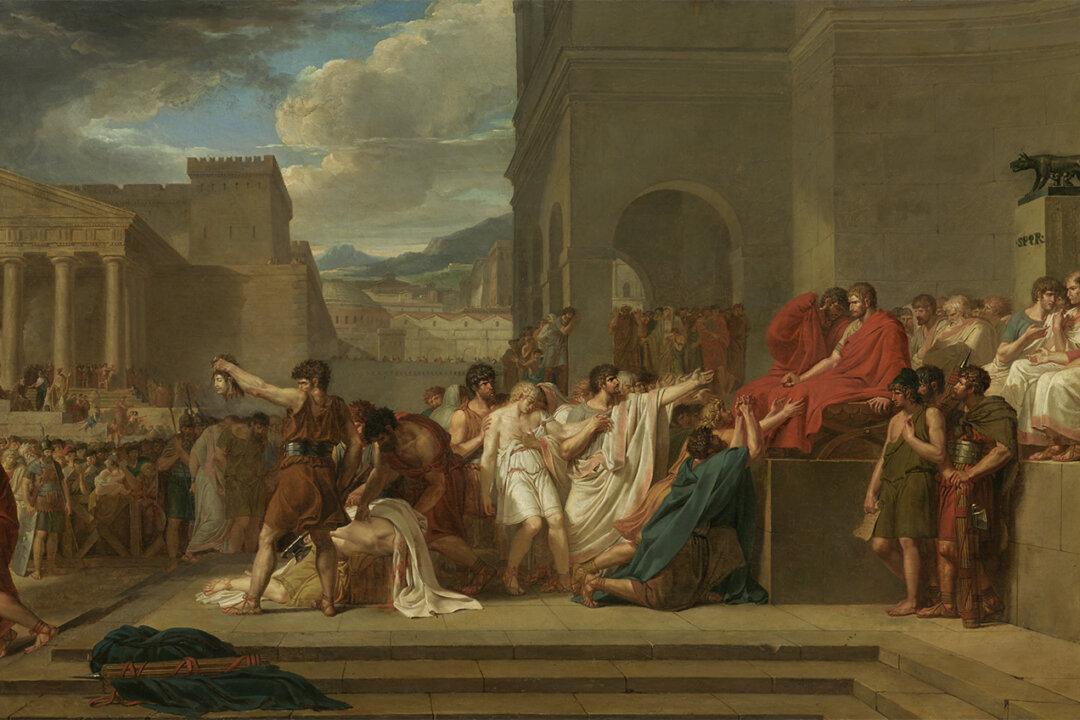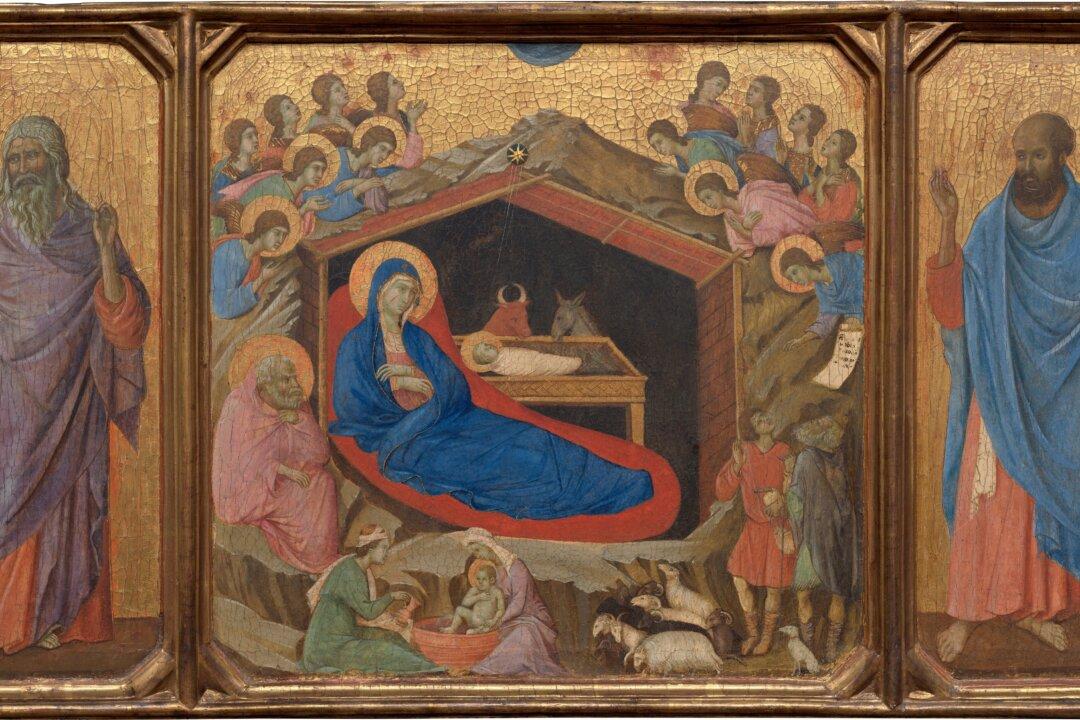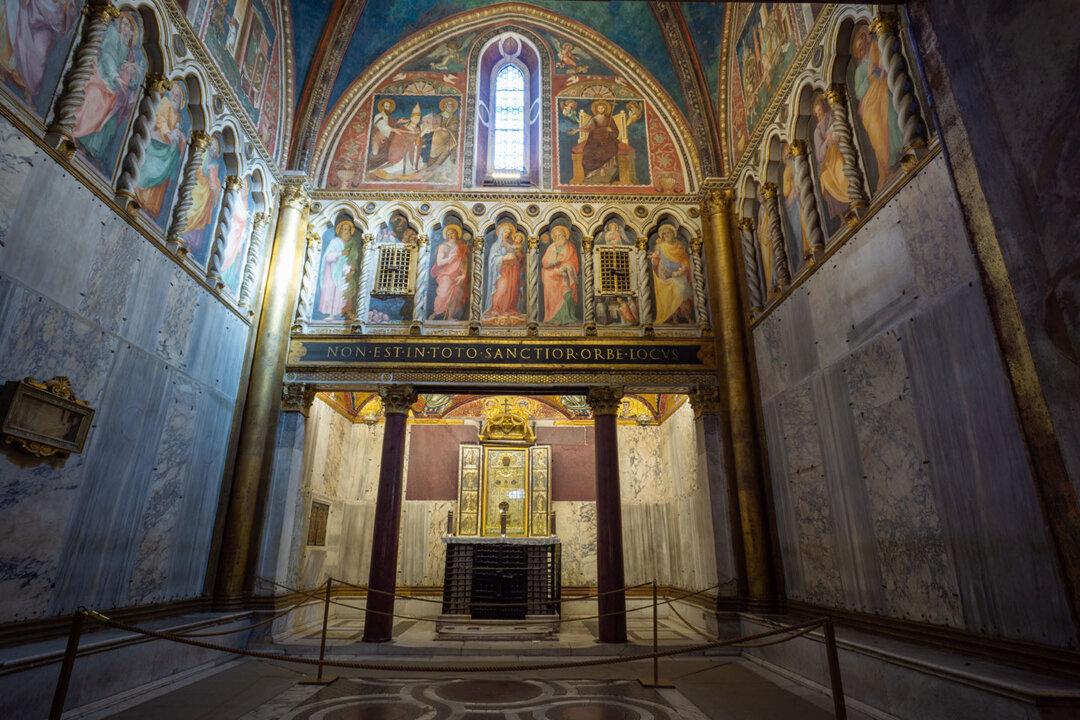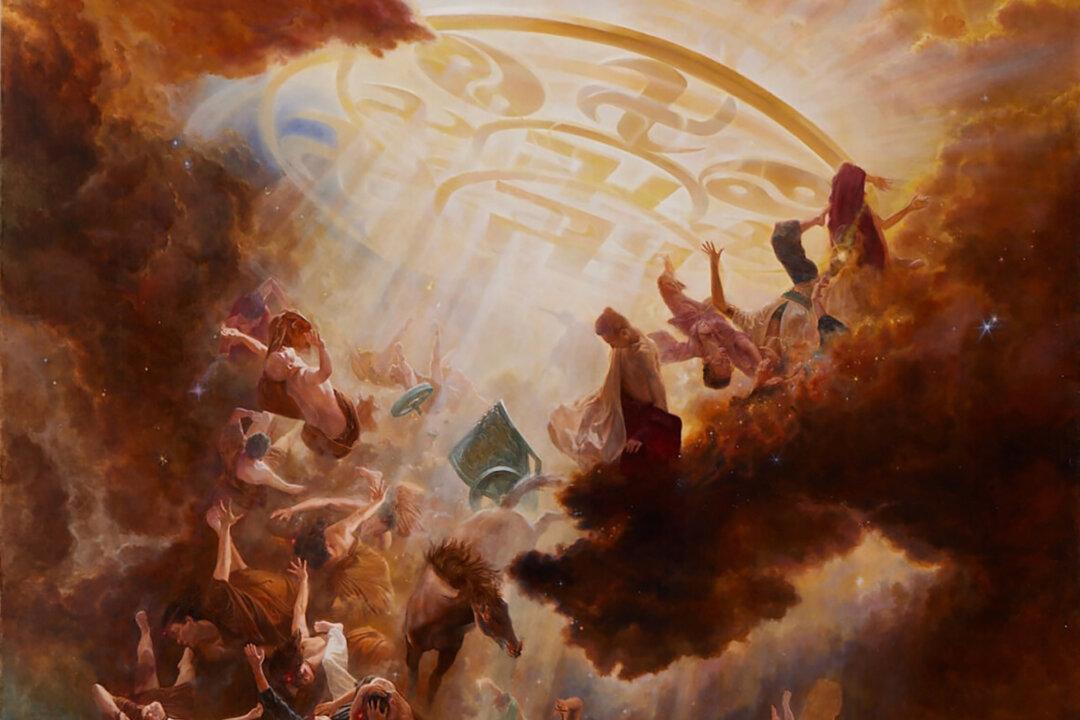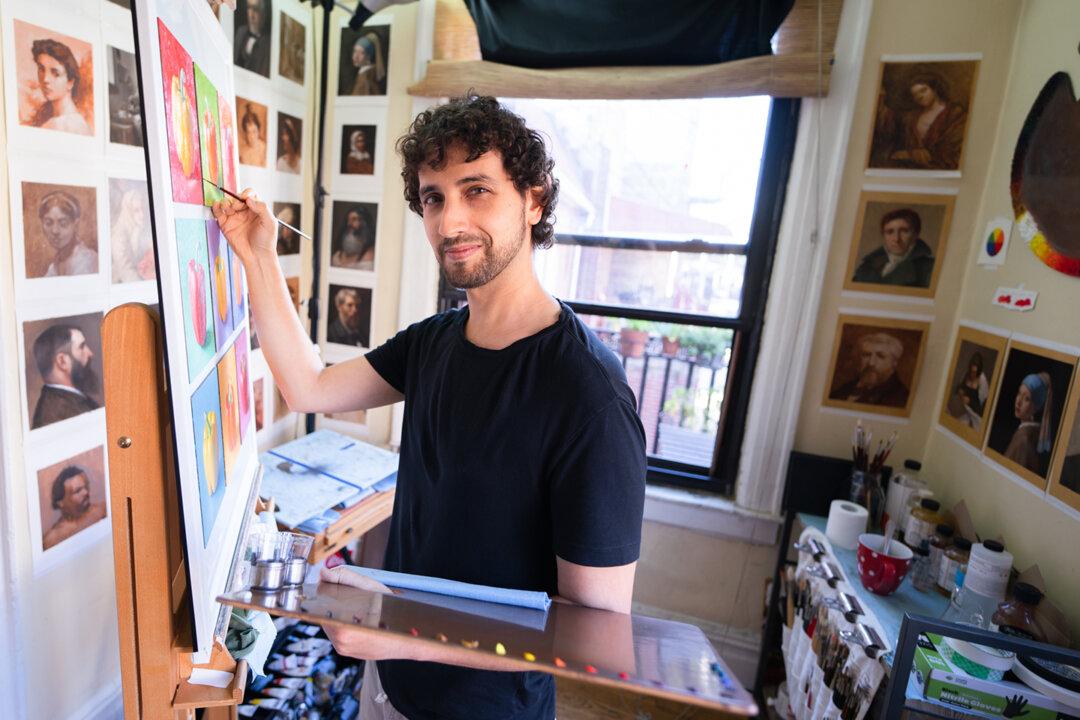It’s a wonder how a painter of Guillaume Lethière’s stature could be largely forgotten. Sociable and well-connected, he was the mentor of the Neoclassical master Jean-Auguste-Dominique Ingres, the family friend of the literary giant Alexandre Dumas, and the artistic advisor of Napoleon’s brother Lucien Bonaparte. He was an excellent and prolific painter of ancient and contemporary history, an influential teacher at the center of Parisian artistic life, and the director of the prestigious French Academy in Rome.
Take a look at the convivial party commemorated by Louis Leopold Boilly’s delicate brush. We see Lethière standing front and center in the spotlight, clad in a red robe with his characteristic frizzy hair, turning in discussion about a painting on an easel. A substantial number of portrait paintings, drawings, prints and busts of Lethière, made by his students, friends and admirers, attest to his great popularity in French artistic circles around the year 1800.

